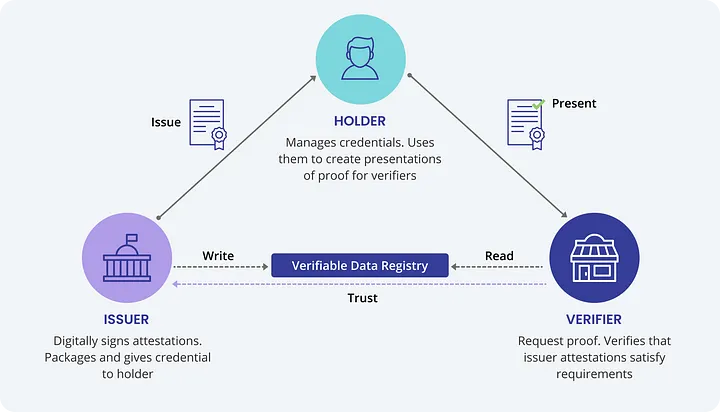The digital credentials have undergone a fascinating evolution in today’s digital age. With the advancement of technology, the need has arisen to find more efficient and secure ways to verify achievements and skills. One of the most notable and recent innovations in this area is the Open Badges 3.0 standard, which has revolutionized the way credentials are issued, stored and verified. Let’s explore the evolution of digital credentials under the Open Badges 3.0 standard, their importance in today’s world and how they are transforming the way we recognize and validate achievements:
What are Digital Credentials?
Digital credentials are electronic representations of achievements, skills or competencies. These can range from online course certificates to recognition of specific skills acquired in the workplace.
It might interest you: From digital badges to verifiable credentials
Origins of the standard
The Open Badges 3.0 standard has its roots in the open education and achievement recognition movement. It emerged as a response to the need for a more flexible and effective way to demonstrate skills and knowledge acquired outside of traditional educational contexts.

Innovations in Open Badges 3.0
Version 3.0 of the Open Badges standard has introduced a number of significant improvements. These include greater interoperability between platforms, a robust security framework, and the ability to issue nested credentials. The recent version 3.0 aligns with W3C Verifiable Credentials, simplifying several aspects of its operation, such as:
Improved privacy with decentralized identifiers
Goodbye to email addresses. Verifiable Credentials use decentralized identifiers (DIDs) to prove identity. A DID can be generated from a number or email. Greater privacy, security and long-lasting recognition.
Recognition without images
Open Badges v3.0, aligned to Verifiable Credentials, eliminates image requirements. Using JSON-LD for data. Efficient reading by humans and machines. Agile recognition.
Information control
At Open Badges, you share everything or nothing. The borrower chooses what information to share, which offers control, autonomy and flexibility. From anonymous identification to the possibility of demonstrating skills in educational or professional contexts.
Verifiable credentials offer a secure and reliable way to demonstrate achievements. They use blockchain technology to ensure the authenticity and integrity of credential information.
Applications and adoption
The Open Badges 3.0 standard has applications in both education and work. Educational institutions can issue credentials to recognize academic achievement, while companies can use them to validate relevant skills. The evolution of digital credentials is being driven by the growing need to validate skills in an ever-changing world. Verifiable credentials offer an agile and effective solution to this challenge.
As more organizations adopt the Open Badges 3.0 standard, we are likely to see greater integration of these credentials into selection and assessment processes. Technology will continue to evolve, which could lead to new forms of skill validation.
The Open Badges 3.0 standard has transformed the way we perceive and validate achievements and skills. Verifiable digital credentials offer an innovative and secure solution for recognizing achievements in the digital age.
Subscribe to blog here and receive all our content







